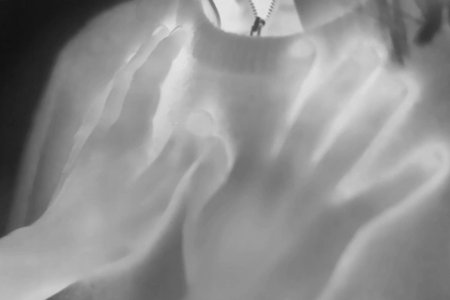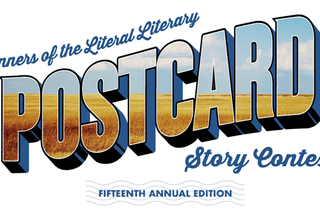
Snuff tobacco originated in America and became equally popular throughout Europe in the seventeenth and eighteenth centuries. The habit is now all but extinct; very few tobacco companies still produce snuff, though it once threatened to overtake cigarettes as the preferred nicotine-fix method.
Snuff is made from pulverized tobacco leaves, sometimes with artificial flavour added. The powder is inhaled through the nose and the nicotine is absorbed through the mucus membrane, leaving you with a short buzz and a lingering potent scent, often resulting in a small, fashionable sneeze. Snuff was seen as an elegant substitution to smoking and chewing tobacco, both of which required paraphernalia and were messy.
References to snuff in literature appear mostly in the works of authors alive during its heyday. Charles Dickens was a well-known snuff user, as were his characters, especially the upper-class ones. Snuff use in Dickens’ writing was usually associated with grace and dignity.
“The Marquis took a gentle little pinch of snuff, and shook his head; as elegantly despondent as he could becomingly be of a country still containing himself, that great means of regeneration.” –A Tale of Two Cities
James Joyce shared a similar enthusiasm for snuff, though his writing tended to portray the habit in a much more gritty light. Snuff was favoured equally by the working class as it was by nobility.
“It was always I who emptied the packet into his black snuff-box for his hands trembled too much to allow him to do this without spilling half the snuff about the floor. Even as he raised his large trembling hand to his nose little clouds of smoke dribbled through his fingers over the front of his coat. It may have been these constant showers of snuff which gave his ancient priestly garments their green faded look for the red handkerchief, blackened, as it always was, with the snuff-stains of a week, with which he tried to brush away the fallen grains, was quite inefficacious.” –The Sisters
It is uncommon to find references to snuff in writing past the nineteenth century, unless it is used as anachronism. Isaac Asimov’s science fiction Foundation series is set in the future and combines elements from all of world history, including the character Lord Dorwin, an archaic aristocrat and anthropologist. His name is a reference to the original anthropologist Charles Darwin, who was also a great snuff user.
“Lord Dorwin took snuff. He also had long hair, curled intricately and, quite obviously, artificially, to which were added a pair of fluffy, blond sideburns, which he fondled affectionately. Then, too, he spoke in overprecise statements and left out all the r's.
…
‘Well, weally,’ replied Lord Dorwin indifferently, ‘who knows? It had bwoken down some yeahs pweviously and it is thought that the weplacements and wepaiah wuhk wuh most infewiah. It is so difficult these days to find men who weally undahstand the moah technical details of ouah powah systems.’ And he took a sorrowful pinch of snuff.” – Foundation
Snuff appearances in film are rare and similarly limited to pre-nineteenth century settings. Modern audiences are largely unfamiliar with snuff tobacco and the act of nasal inhalation is considered a salacious act, reserved for drugs harder than nicotine. Snuff use on camera is reserved for characters which are meant to appear lewd, rough and underhanded.
In The Good, The Bad and The Ugly, Tuco (The Ugly), scavenges a snuff box from a dead man’s pocket and takes a hit; The Man with No Name (The Good), smokes Toscano cigars.
In Inglourious Basterds, Aldo Raine, the half-Apache hillbilly-moonshiner-nazi-killer-lieutenant takes snuff while interrogating a prisoner.
Daffy Duck inhales a pinch of snuff in the Merrie Melodies cartoon The Scarlet Pumpernickel. Daffy uses snuff to authenticate his French nobleman disguise, though instead of producing a fashionable sneeze, he erupts in a violent fit of sneezes that teleport him all over the screen.
Snuff is also used in one of the first films ever made, Fred Ott’s Sneeze, a short from Thomas Edison’s Kinetoscope series. The five second movie made in 1894 records a man inhaling a pinch of snuff and lightly sneezing into a handkerchief, it is the first use of tobacco ever recorded on film.






